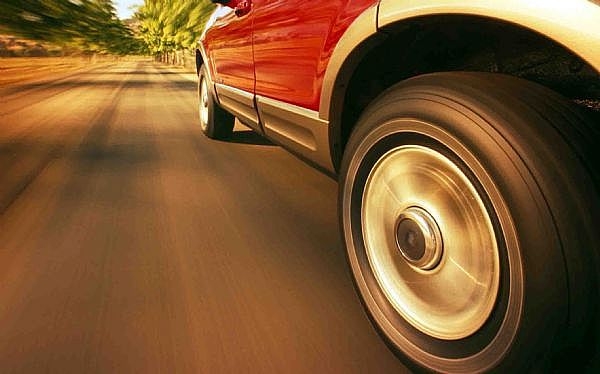
If you live where snow tires are needed, you're faced with storing the other set of tires during the off- season. Idle tires can deteriorate because of natural aging and oxidation. Ultraviolet light and ozone damage can also occur. This damage is typically indicated by crazed surfaces and cracks. While this is unsightly, it can also lead to slow leaks or even tire failure because of a weakened tire carcass. Tires on vehicles driven frequently do not suffer from these problems, because oils in the tires come to the surface as they flex while driving, thus protecting the rubber. Here are ways to properly store tires.
Store tires in a clean, cool, dry and preferably dark place that's well-ventilated and air can circulate. A dry basement is better than outdoors or a hot garage or attic. Basements tend to be cooler with more stable temperatures.
Store tires away from motors, generators, furnaces, sump pumps and switches because they are sources of ozone.
Place tires on a piece of clean wood and not on the ground.
If possible, store tires vertically rather than stacking horizontally to reduce stress and tire distortion. If tires must be stacked horizontally, stack them symmetrically and not so high as to cause severe distortion of the tires at the bottom.
Because black rubber and white rubber are compounded differently, stack white letter tire surfaces "white to white" and "black to black" to prevent staining of the white rubber.
Cover tires with a sheet of opaque or black polyethylene film to limit exposure to oxygen and ozone. Better yet, store each tire in an individual opaque and airtight plastic bag. Large lawn and garden bags will work. Tape the bag shut to prevent moisture from entering.
Store tires so water cannot collect inside where it can cause damage or provide a breeding place for mosquitoes and other vermin. Allow air to circulate around all sides of the tires, including underneath, to prevent moisture damage. Water remaining inside mounted tires can actually turn to steam when tires get hot at highway speeds.